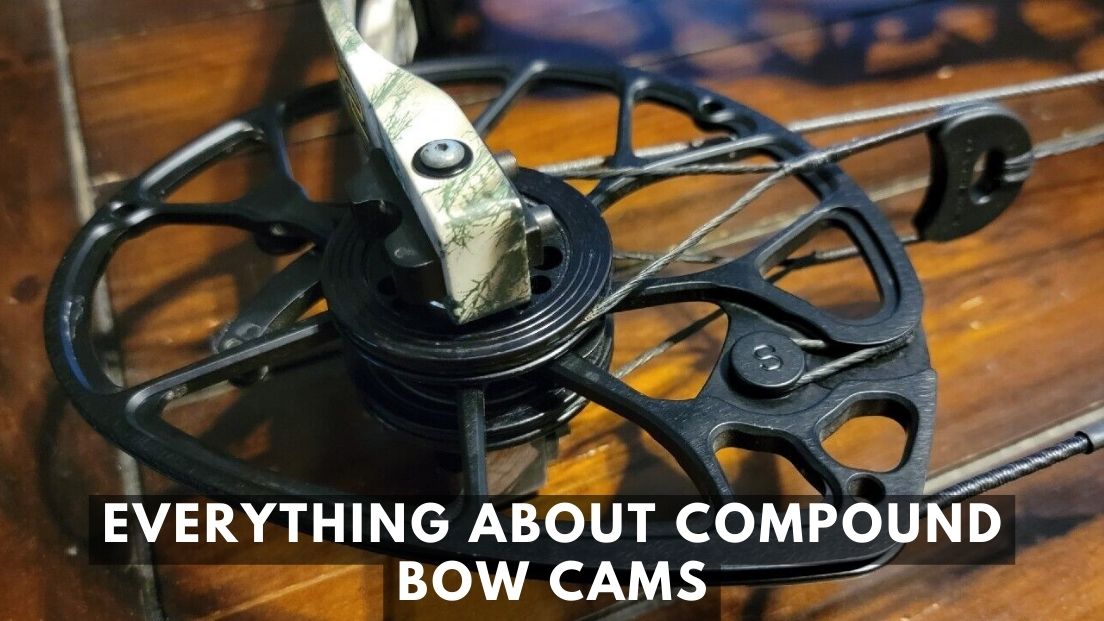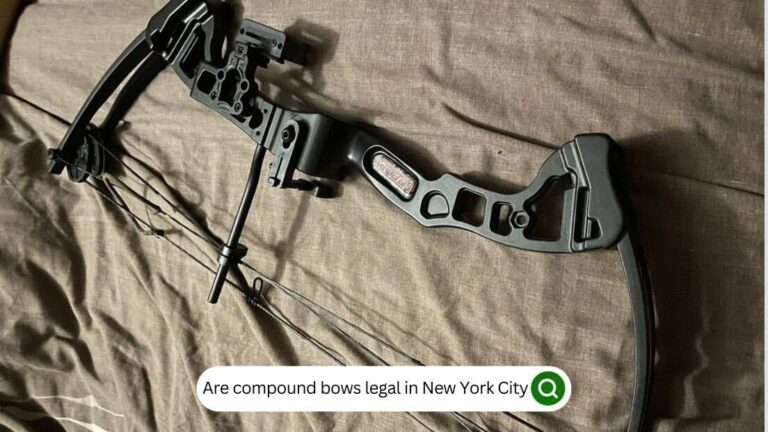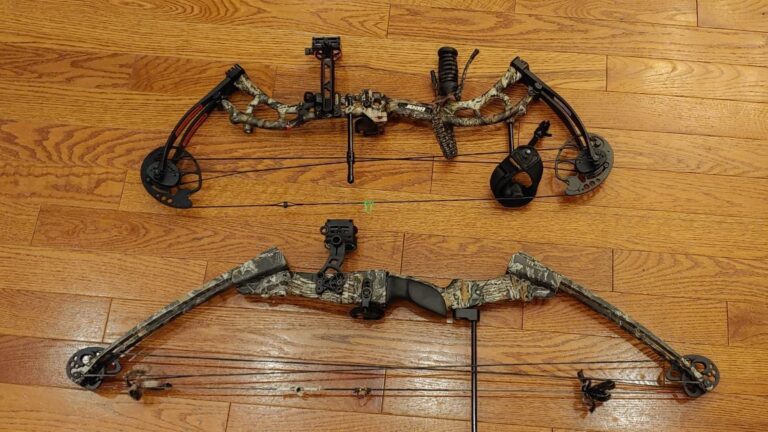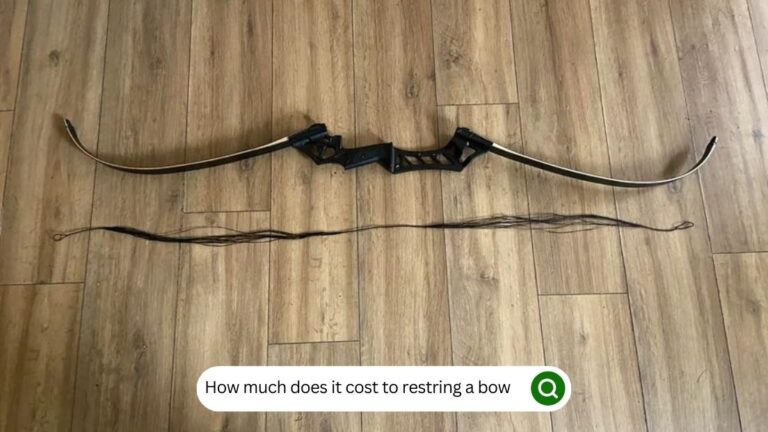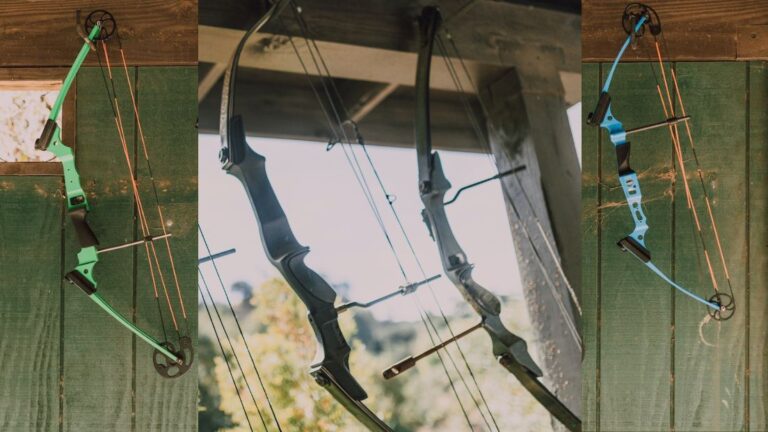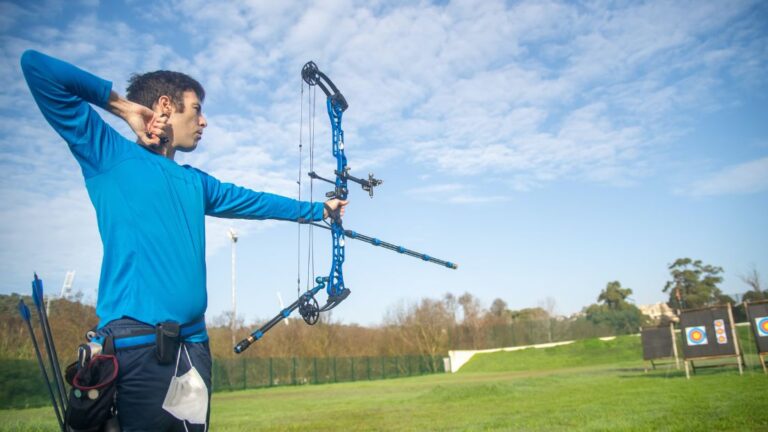About the Author: Austin Murphy is a skilled hunter with a passion for archery. With 17+ years of experience, he possesses extensive knowledge of various archery equipment, including compound bow, recurve bow, and crossbow. His expertise in these accessories allows him to pursue his love for archery while honing his hunting skills with precision and finesse. As participant in NFAA and ASA competitions, Austin own around 8 Recurve Bows, 6 Compound Bows, and 2 Crossbows.
The speed and power of the compound bow are achieved by its essential part known as the “compound bow cam”. That’s why, for our hunting enthusiasts, we discussed all the designs, features, and functions of compound bow cams. In short, if you need to know everything about a compound bow cam, then you are in the right place.
What Is Compound Bow Cam?
CAM of the compound bows are round or oval in shape located at the end of the bow limbs The main function of the cam is to reduce the force required to hold the bowstring on full draw.
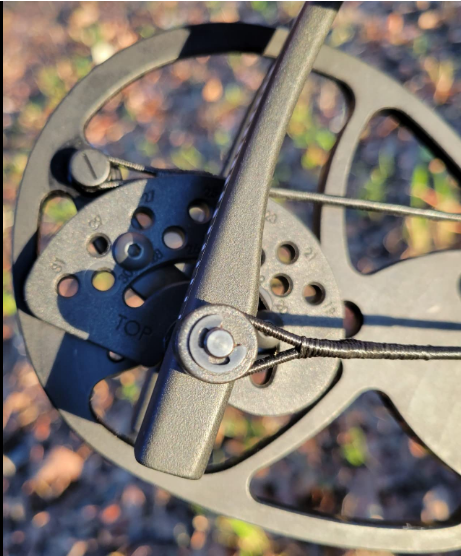
You might be interested in: Gain insights into the mechanics and workings of a compound bow in our article on How a Compound Bow Works.
How Does A Compound Bow Cam Work?
A cam is basically a pulley-like rotating part whose main purpose is to transform rotary motion into linear motion. Compound bow cams are designed to manipulate the draw weight because, at a certain point, the weight drops even if archers are holding back less weight, they get the same stored energy at the shot.
The cams system is responsible for controlling the bowstring as it is drawn back enabling a bow to shoot easily with extremely powerful
Overview of a Compound Bow Cam:
The main purpose of every bow manufacturing company is to provide power to a bow with easier access at full draw and shoot. This is also the reason manufacturers provide modified designed bow cams to overcome all the shortages.
Cam Types
When it comes to compound bow cams there are different options. These different types of compound bow cams are because of their specific modes and features so if you want to know everything about compound bow cams keep the following points in mind.
Single Cam Bows
Single-cam bows have a round idler wheel at the top of the bow. Single-cam bows are the most common, popular and oldest compound bows.
- Single-cam bows are less noisier
- When single-cam bows are the clear winner as they are easier to function with basic systems but effective.
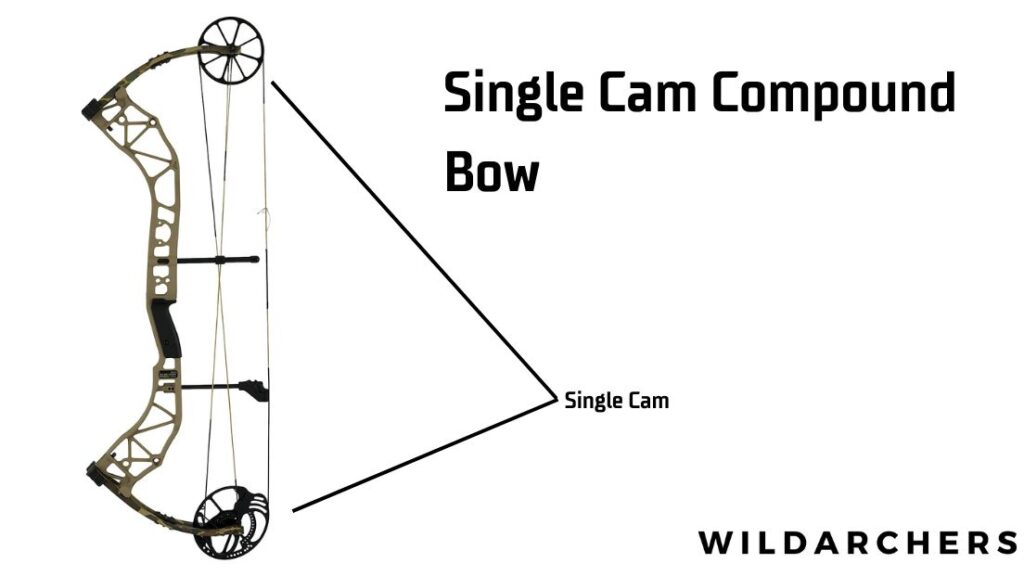
Dual Cam Bows
Dual cams are mostly referred to as twin cam bows as they require two separate cams that work collectively and combine in order to produce higher draw weights with energy.
- These two cams produce energy, which provides greater speed with improved accuracy.
- Dual -can require the same style to do more work and tuning providing more power and speed than single-cam bows.
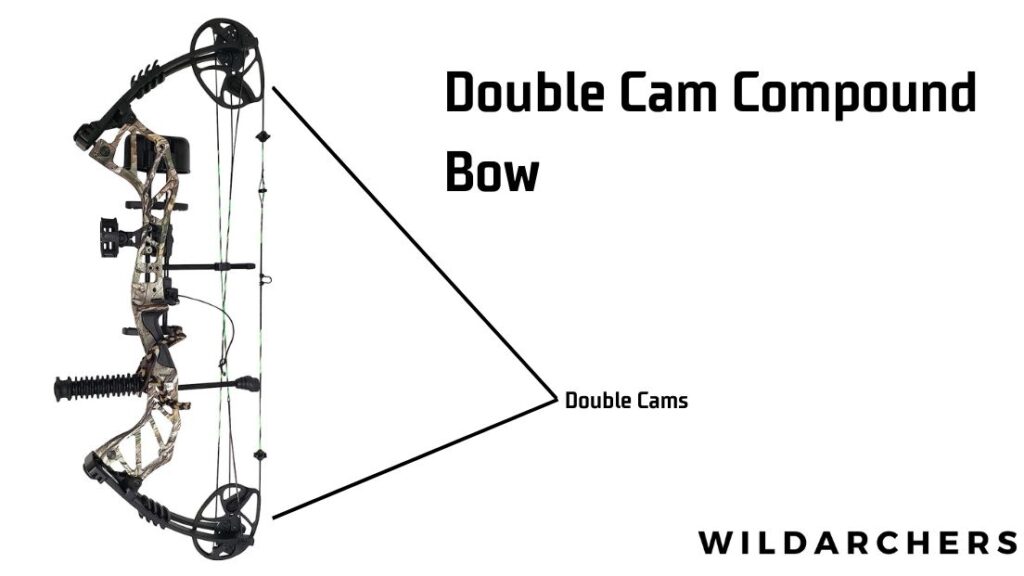
Hybrid Cam Bows
There are quite a few differences between Hybrid cam bows and Dual cam bows as both of them are designed to solve the synchronization problem.
- Hybrid cam bows require two cams like a dual cam bow, but utilize 1 power cam with 1 control cam.
- The control cam of the hybrid bow follows the power cam, pushing them to work because of that both cams tune much easier.
- Hybrid cam bows require less maintenance as compared to a dual cam but it provides great speed and power.
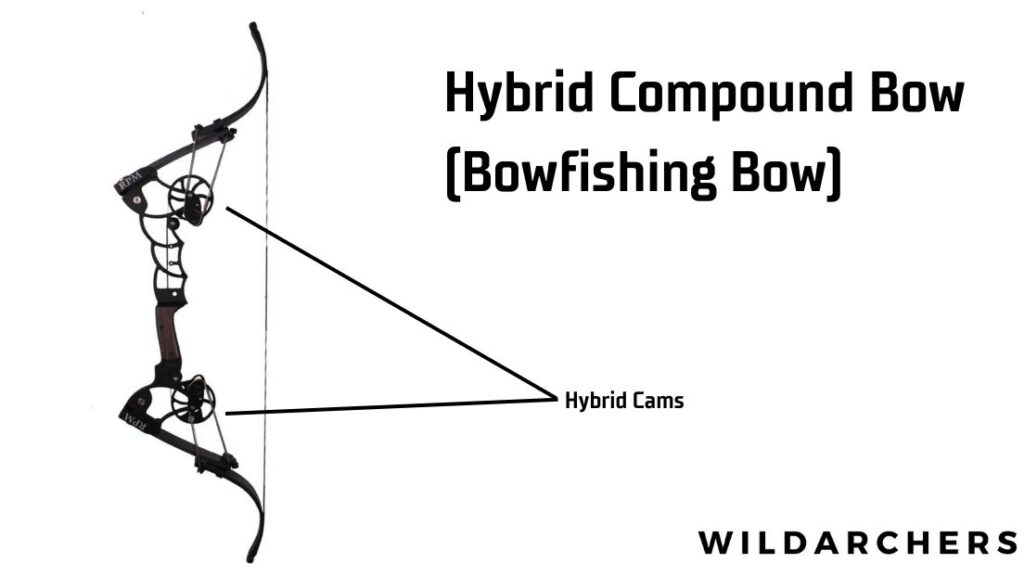
Binary Cam Bows
Thanks to the latest technology which takes hybrid cams to another level is currently the last type of bow cam known as binary cam bow.
- In binary bow cams, both cams work independently of one another rather than by pulling on opposing limbs.
- This system of cams not only solves imbalances with timing issues providing higher speed and power
- Because of the complex design binary cam bows are harder to work with.
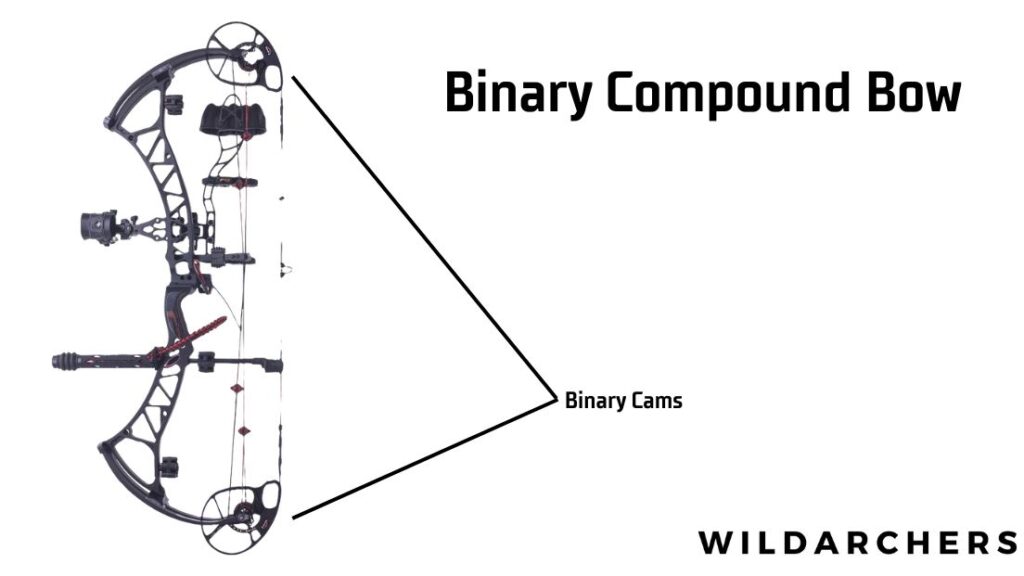
Eccentric Wheels:
To reduce the holding weight and make it easier to hold at full drawn; eccentric wheels and cams attached to the limbs and bowstring to store energy.
Let off:
Bow’s let-off is a term used to represent the mechanical relaxation of the string when you fully draw it. When the string is at its peak draw weight the amount of force required to pull it from a stagnant position reduces to almost 50%. This function (let-off) is a here just because of Cams in the compound bow.
Timing:
Timing plays another important role as it refers to the rotation sync of cams. Your bow shoots much better when cams rotate in sync.
You might be interested in: Learn about the concept of let-off on a compound bow and its importance in archery.
Because of Cams, Compound Bow Is Known as Compound Bow
Being an essential component of compound bows, cams are responsible to increase the bow’s feel and performance by maintaining its let-off, draw length, and draw weights. And that’s the reason why the right cam is crucial for a bow to deliver better and more accurate performance.
Draw Cycle Efficiency:
Cam systems are basically built to enhance energy storage throughout the draw cycle to enable less holding of weight at the end of the draw.
Adjustable Draw Length:
Though all cam types have already set draw lengths, their adjustment is what matters the most. Bow cams offer effective sliding modules to readjust or change the draw length.
Speed and Power:
We all know that the speed of an arrow decides how powerful the penetration of the arrow will be. You will be amazed to know that the design of the cam directly affects the speed of an arrow.
Therefore, novice archers use soft cams to accelerate gently while experienced and professional archers prefer using hard cams for increased power and speed.
Shot Consistency and Tuning:
Tuning is another crucial aspect to take into your account. If the bow’s cams system is not in harmony, it will lead to indirect and erratic shots.
Maintenance And Care for Compound Bow Cams:
With regular maintenance and upkeep, you can ensure the better working of your compound bow cams for a longer period of time. Here’s how to do that;
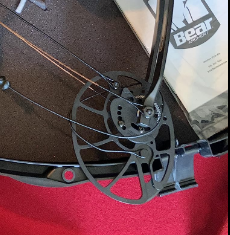
- Perform a mini-inspection every time before shooting. Check for any damages or cracks in the riser or limbs. Also, check if the string is loosened or frayed. Also, ensure that cams appear straight and all accessories are tight.
- Use a bowstring cleaner to clean the bowstring and then apply your favorite bowstring wax to keep strings safe from fuzziness.
- Clean and lubricate the cams wheel and wheel however avoid using any penetrating oils.
- Periodically check cams’ timing and sync.
Comparison Between Single Cam vs Dual Cam
Both single and dual-cam bows have their qualities yet the relentless discussion of having a better one goes around the globe. Though we say that there are different factors that determine the better two and here we go comparing them all.
Performance and Speed:
Single-cam compound bows provide less speed as compared to Dual-can bows. Single bows can be quieter (and more precise). While Dual Cams are a bit noisy while shooting.
Accuracy and Forgiveness:
Dual cam bows with their perfect timing pull the limbs and release the force at the same time, which makes them accurate. However, the factor that affects their accuracy and makes them less accurate than dual cams bows is their spongy back. The rigid back of dual cams’ bows makes them more accurate.
Maintenance and Tuning:
Cam systems are complicated and can break down like any machine. That’s why it is highly recommended to not dry fire a bow as it can damage the cam.
Single-bow cams are more accurate in performance but required less and easy maintenance. On the other hand, Dual bow cams require more maintenance but provide less accuracy.
Noise
With their more pieces and more force application, dual-cam bows are louder than single-cam bows.
Back Wall
A general assumption is that dual-cams bows have their back wall harder than single-cam bows.
Price and Availability:
Though binary cam bows are more expensive than the rest of its competitors, dual cam bows are more complex, and costly as compared to single bow cams.
So, let’s check out which one is the winner
| Features | Single-Cam Bow | Dual-Cam Bow |
|---|---|---|
| Performance and Speed | ✔️ | |
| Accuracy and Forgiveness | ✔️ | |
| Maintenance and Tuning | ✔️ | |
| Noise | ✔️ | |
| Back Wall | ✔️ | |
| Price | ✔️ |
So, based on the above considerations, we clearly get that dual-cam bows stay up ahead of single-cam bows in important things.
Hybrid Cam Bows Vs Binary Cam Bows
Binary bow cams are similar to Dual cams but top and bottom cams depend on each other instead of the bow’s limbs. They also have
- Very high velocity
- Level nock travel
- Great accuracy
In a binary system, the cams are connected so that one can physically not rotate without the rotating action of the other; the idea is that these bows will never go out of sync.
Hybrid cam systems claim to require less maintenance, but they are not the maintenance-free solution to all other cam systems as they claim to be, as they still need to be timed properly.
Performance:
When talking about performance, hybrid bows serve better than binary cam bows as they attain better nock travel and are less prone to timing problems.
Design:
Adjustability:
In hybrid cam bows the cam is synced and the draw stop is adjusted in a coordinated manner. This combination of settings results in perfect nock travel. While the binary cam system requires dual cam, removing the need for synchronization.
However, these two cams in a binary cam system coordinate with each other by cam-to-cam cables, hence reducing the need for timings and increasing the perfection of the arrow while shooting.
Maintenance:
The dual-cam systems of Binary cam bows run independently, require less maintenance, and are noisy.
So, What’s Point Here?
The compound bow market has revolutionized for good and they are trying to bring innovations. So the idea behind creating this blogpost was just to record the saying of mine. So If you’re reading till here I hope it helped you!
Reference Links:
https://legendarchery.com/pages/cam
https://en.wikipedia.org/wiki/Compound_bow
https://archeryforbeginners.com/blog/cam-timing-a-compound-bow/
https://www.deerhuntingguide.net/single-cam-vs-dual-cam.html

